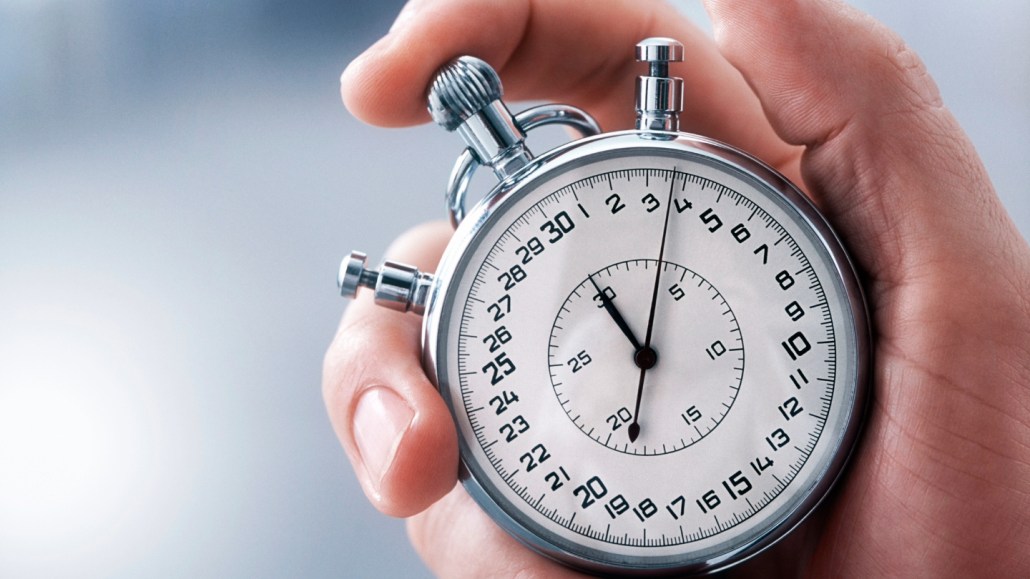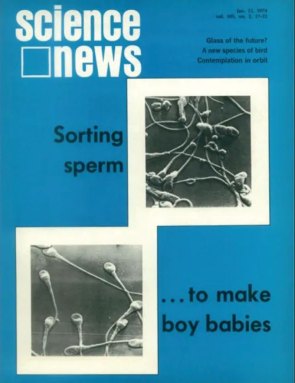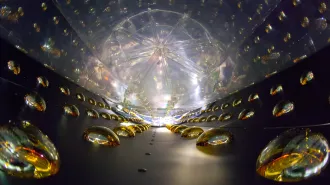50 years ago, timekeepers deployed the newly invented leap second
Excerpt from the January 12, 1974 issue of Science News

The leap second’s time is nearly up. Scientists will retire the tool used to reset atomic clocks by 2035.
acilo/E+/Getty Images








